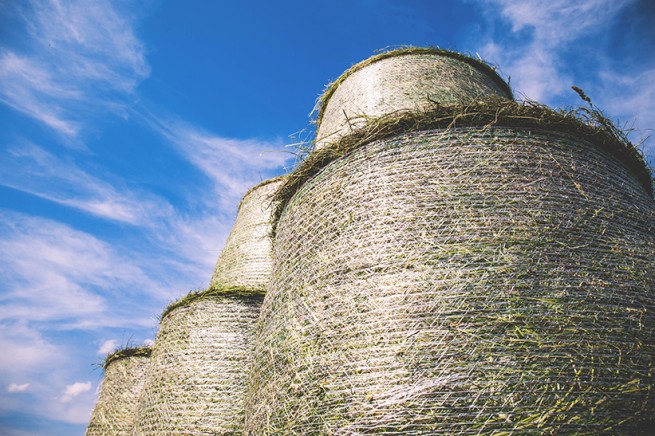
Before spraying, farmers should consider the economic threshold and impact on ecosystems.
“I do not recommend that farmers just spray without knowing that the economic benefit of spraying will be equal to or greater than the cost of spraying,” says Marvin Hall, Pennsylvania State University’s forage management specialist.
That threshold is the number of insects needed to economically justify spraying, Hall explains.
“With alfalfa, the economic threshold changes based on the value of the forage ($/ton), height of the alfalfa (how long before it will be harvested), and cost of spraying (pesticide and sprayer costs).”
So unless alfalfa weevil or potato leafhopper cause extensive damage, Hall advises not to spray pesticides in the field.
“Alfalfa and forage fields are an ecosystem of bad and good insects,” Hall says. “Most of the time, these insects keep each other in check so that potential problems never become big enough to spray.
“However, an insecticide application to kill one species of bad insects will kill the whole ecosystem,” Hall says.
“This will frequently allow the bad insects to be a greater problem until the good insects reestablish and provide control of the bad insects.”
Hall encourages farmers to keep the following in mind when applying insecticides:
- Insecticides that kill weevil or leafhopper also kill bees.
- Don’t apply insecticides once alfalfa begins to bloom.
- Apply insecticides to alfalfa in late evening or early morning, when bees are in their hive.
“Alfalfa and forage fields are an ecosystem of bad and good insects. Most of the time, these insects keep each other in check so that potential problems never become big enough to spray.”
For weed control, spray during establishment and again in a few years when the forage stand begins to thin.
“Since forage crops are harvested multiple times during the growing season, you have several opportunities to do the spraying correctly,” Hall says.
Correct spraying requires proper pesticide, proper rate, uniform coverage, and correct application timing.
Most pesticide labels list recommendations. Read the manufacturer’s specifications carefully and adhere to them.
Effective preservative spraying can allow for baling hay at higher moisture content, but the cost of applying the preservative should be offset by increasing the value of the hay (in instances when impending rain could threaten a loss), improving nutritional value by cutting earlier in the season, and lessening the risk of spontaneous combustion from microbial growth.
Find a more extensive discussion of application of preservatives here.
Finally, be sure your sprayer is properly calibrated. You can find calibration resources here.

